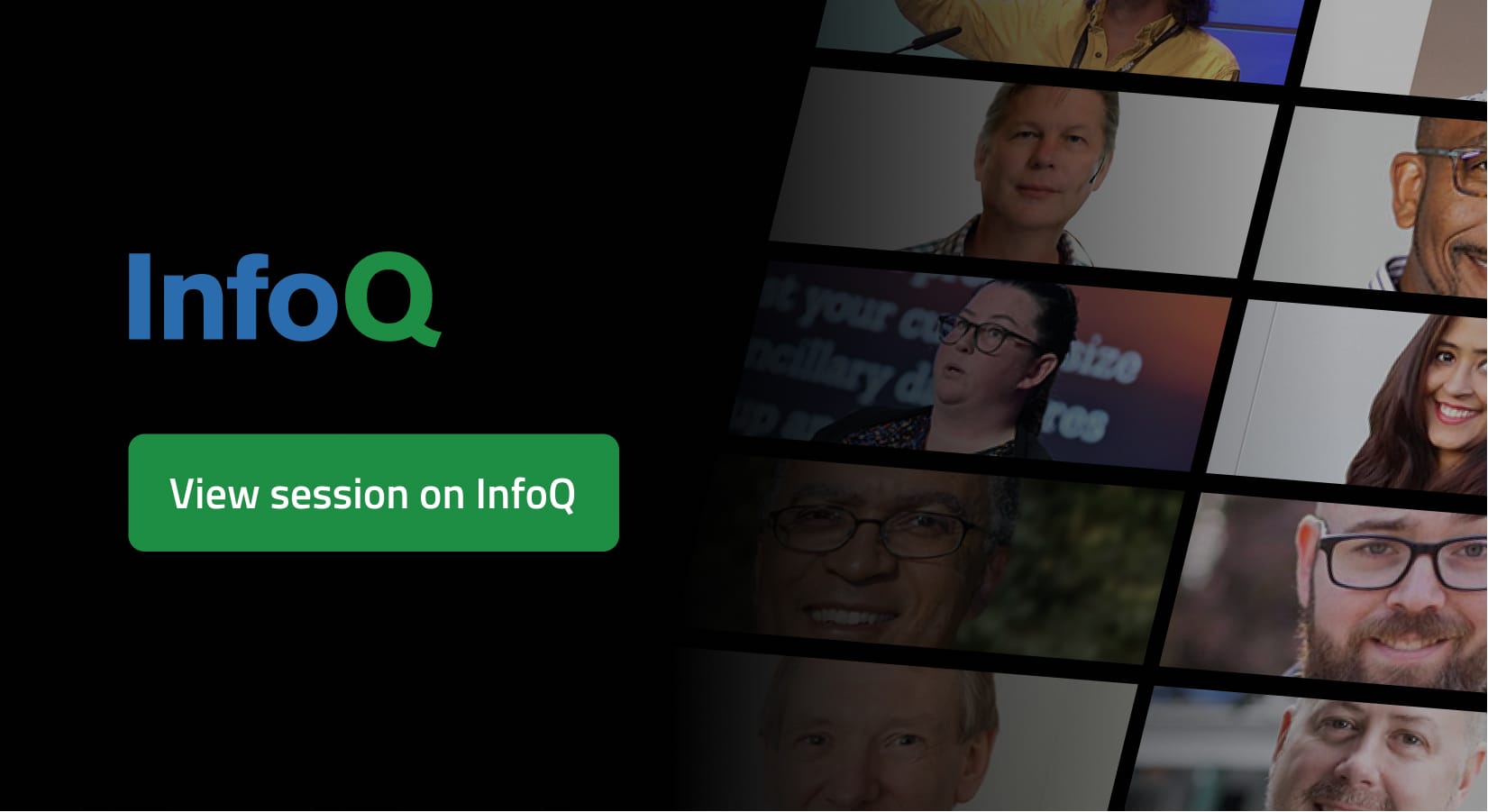SESSION + Live Q&A
Introducing and Scaling a GraphQL BFF
In 2020, many developers are sold on GraphQL, and are choosing to introduce it to their codebase in the form of a "Backend For Frontend" API. But what happens next? After a year or two in production, this GraphQL BFF might need to scale to serve more than just a single application.
This session will talk about the journey of introducing and then scaling a GraphQL BFF to serve multiple applications. We'll cover the benefits of the Backend For Frontend pattern and why it's a popular way to introduce GraphQL. Then we'll discuss evolving this client-specific GraphQL layer into a more universal, application-agnostic data graph in line with industry standards. We'll talk about how to remain agile and support a production application throughout this process.
If you're thinking about introducing GraphQL, this session will give you ideas on how to design and develop your new GraphQL API. And if you have already built a GraphQL API, this session will give you practical advice on how to evolve your architecture incrementally.
Speaker

Michelle Garrett
Software Engineer @Twitter
Michelle Garrett is a Software Engineer at Twitter, where she is part of the team building Twitter's large scale GraphQL API. Prior to Twitter, Michelle worked on a GraphQL implementation at Condé Nast, powering the international Vogue websites. Michelle is an organiser of Node Girls, which...
Read moreFind Michelle Garrett at:
From the same track
Next Generation Client APIs in Envoy Mobile
Relentlessly pursuing a consistent user experience means deploying a server with 100% reliability is ineffective if it’s not matched by our mobile applications. Learn how Lyft’s Client Networking team has evolved Lyft APIs to create consistency between mobile platforms and the...

Jose Nino
Software Engineer @lyft and Envoy Maintainer
A Brief History of the Future of the API
The API landscape is constantly shifting. In the olden days, an API was just a way of coding against somebody else’s libraries. With the rise of networks in the 1990s, APIs became distributed across multiple systems, and we created patterns, standards and frameworks to make building those...

Mark Rendle
Co-Author of gRPC for WCF Developers and Creator @VisualRecode
Panel: How to Make the Future Become Your Present
"Life moves pretty fast. If you don't stop to look around once in a while, you could miss it." - Ferris Bueller Software development moves pretty fast. What's new and amazing one moment is old and boring the next. How do you keep up with all the changes, and figure...

Mark Rendle
Co-Author of gRPC for WCF Developers and Creator @VisualRecode

Richard Li
Founder and CEO @datawireio

Michelle Garrett
Software Engineer @Twitter
Moving Beyond Request-Reply: How Smart APIs Are Different
Integrating microservices or other components is hard, as it involves taming distributed systems. New API technologies are great, but can't magically solve all underlying challenges. This talk distills real-life experiences around typical architecture patterns. You will understand why you...

Bernd Ruecker
Co-founder and chief technologist @Camunda
The Future of Cloud Native API Gateways
The introduction of microservices, Kubernetes, and cloud technology has provided many benefits for developers. However, the age-old problem of getting user traffic routed correctly to the API of your backend applications can still be an issue, and may be complicated with the adoption of cloud...

Richard Li
Founder and CEO @datawireio


